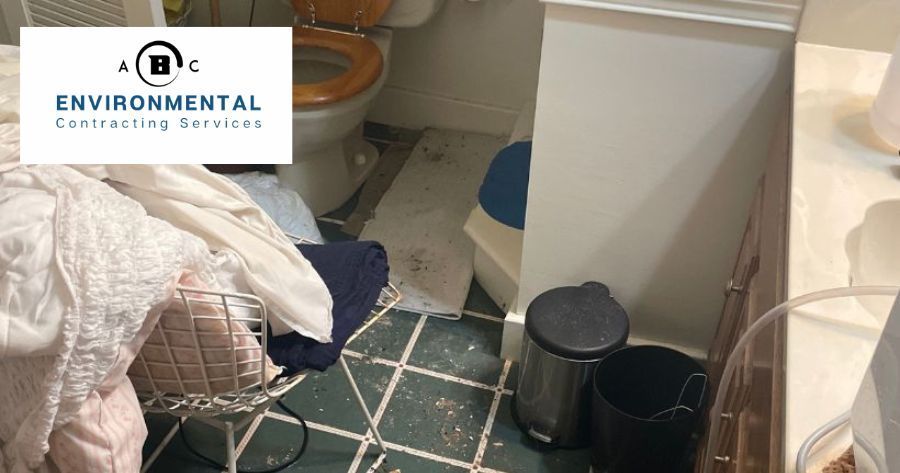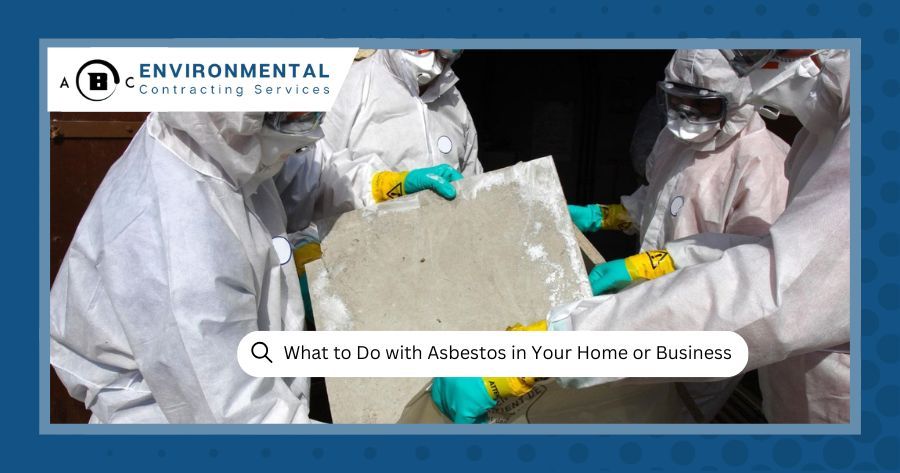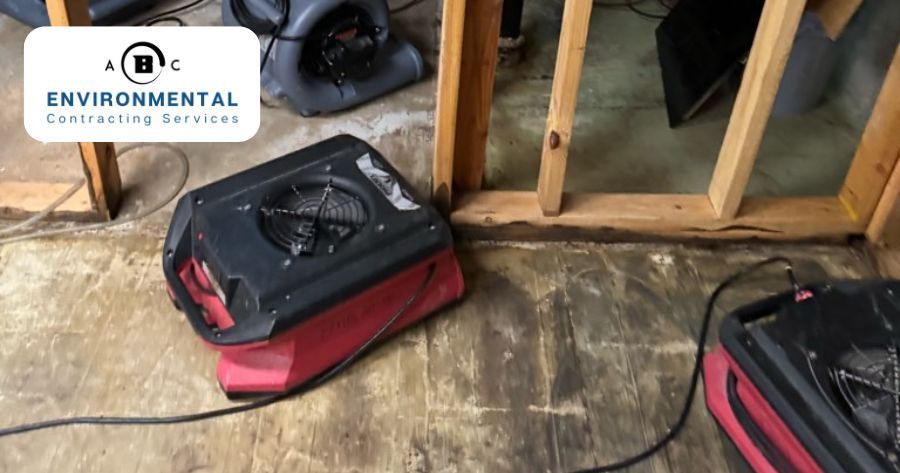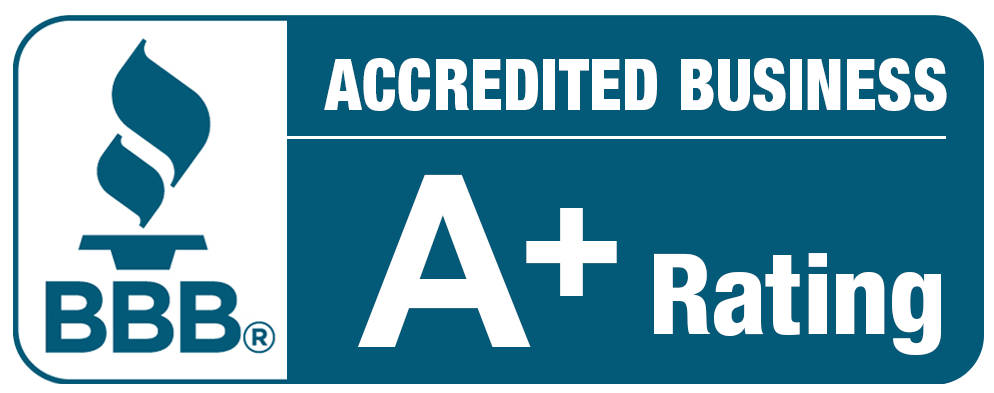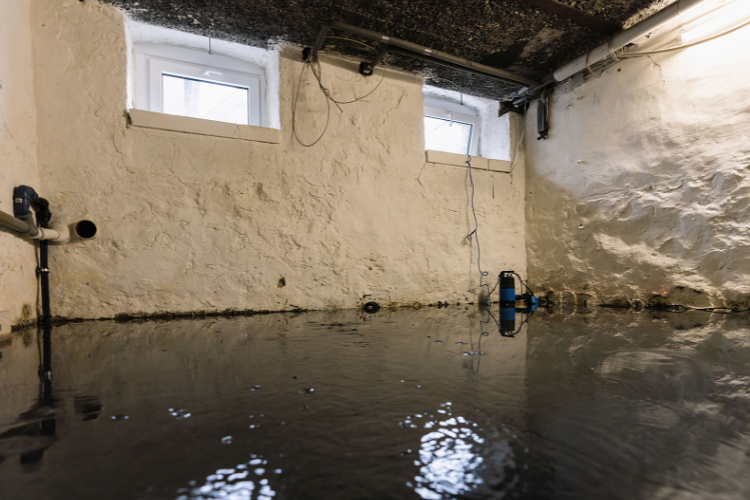
What is the Difference Between Water Restoration and Water Mitigation in Springfield, MO?
When dealing with flood damage, no one has time to work out the differences between water damage restoration and water mitigation in Springfield, MO. They need to find reliable restoration companies in their vicinity to help them save their property and belongings. But once services begin, understanding how water damage restoration and mitigation differ can help them better manage the process. So the restoration team at ABC Environmental Contracting Services outlined the specifics below to save some time.
What is Water Mitigation?
Water mitigation services typically refer to the process by which professionals reduce the amount of potential damage a property might incur from excess water exposure. A common mitigation protocol might include:
- Removing and disposing of any unsalvageable materials. This includes items like furniture and personal belongings or structural materials like walls and flooring.
- Using industry-leading technology to remove excess water and thoroughly dry out the affected area.
- Applying industrial-grade solutions to cleanse and disinfect salvageable items and materials.
- Checking on the building’s structural integrity before continuing with other services.
In short, water mitigation in Springfield, MO allows professionals to salvage and assess a property’s damage level following a flood event. Restoration professionals will use water extraction equipment to drain any standing water out of the affected areas before proceeding with the next steps in the process.
What is Water Damage Restoration?
After a team finishes the water damage mitigation process, they can commence water damage restoration. While mitigation focuses on removing harmful or damaged materials, restoration focuses on repairing the structures and items that remain after mitigation.
- The team should repair or replace any affected structural components like flooring, walls, roofs, or ceilings.
- Restoration service providers will combat mold growth to ensure the occupants’ health going forward.
- After completing the restoration process, the team will test all areas of the building for moisture and humidity. If they detect excess levels of moisture, they will investigate the problem area and find a solution.
The restoration process allows occupants to re-enter their home or business following a flood event.
How to Tell the Difference
Many people understandably confuse mitigation with restoration. Both are integral processes with the same end goal: getting families back in their homes or businesses up and running again. However, each process targets different aspects.
Mitigation is a precursor to restoration. One can’t begin the restoration process until they have completed mitigation. Mitigation focuses primarily on the removal of potentially harmful, rotted, or totaled items. Restoration ensures that they can use all remaining items safely.
When You Need Mitigation vs Restoration
Extreme flooding or water damage events often call for both mitigation and restoration services. Most restoration companies will provide both services to ensure a home remains safe, healthy, and inhabitable. However, property owners may need only one of the two under certain circumstances.
For example, a homeowner may only need mitigation in situations where a burst pipe only affects a sparsely furnished room. They may have no attachment to the few items in that room. Therefore, they don’t mind parting with everything.
The restoration team simply needs to remove any excess water, damaged fabrics, and compromised materials. Besides mold management, they may not need other restorative services assuming:
- The water didn’t stagnate for long periods of time
- No structures sustained severe or compromising damage
- The disinfection and removal process suffices at making the room safe
Restoration, however, almost always requires mitigation services to preface it. If a building needs intensive restoration, then it contained water for enough time that significant damage compromised its structures and air quality.
Tips for Water Damage Emergencies
What should a homeowner do if they need water mitigation and restoration services? This brief guide details the first steps to take following a flood, burst pipe, or other watery disasters in your home or business.
- Call any emergency services needed. This includes a 24-hour restoration company nearby.
- Call and alert the insurance company about the problem.
- Begin taking photos to document the area.
- Collect and remove essential items that remain dry.
- Work with the chosen restoration company to make the process as quick and simple as possible.
- Secure a temporary lodging plan throughout the restoration process.
Learn About - Checklist for Emergency Water Damage Restoration
ABC Environmental Contracting Services Assists with Water Restoration and Water Mitigation in Springfield, MO
No one wants to get caught up in a water damage emergency. But in the that event they do, they turn to
ABC Environmental Contracting Services for water damage restoration and water mitigation in Springfield, MO. Our team is available 24/7 for anyone needing our services. Call (417) 409-1719 for a free quote on a restoration project, or
contact us via our contact form.

